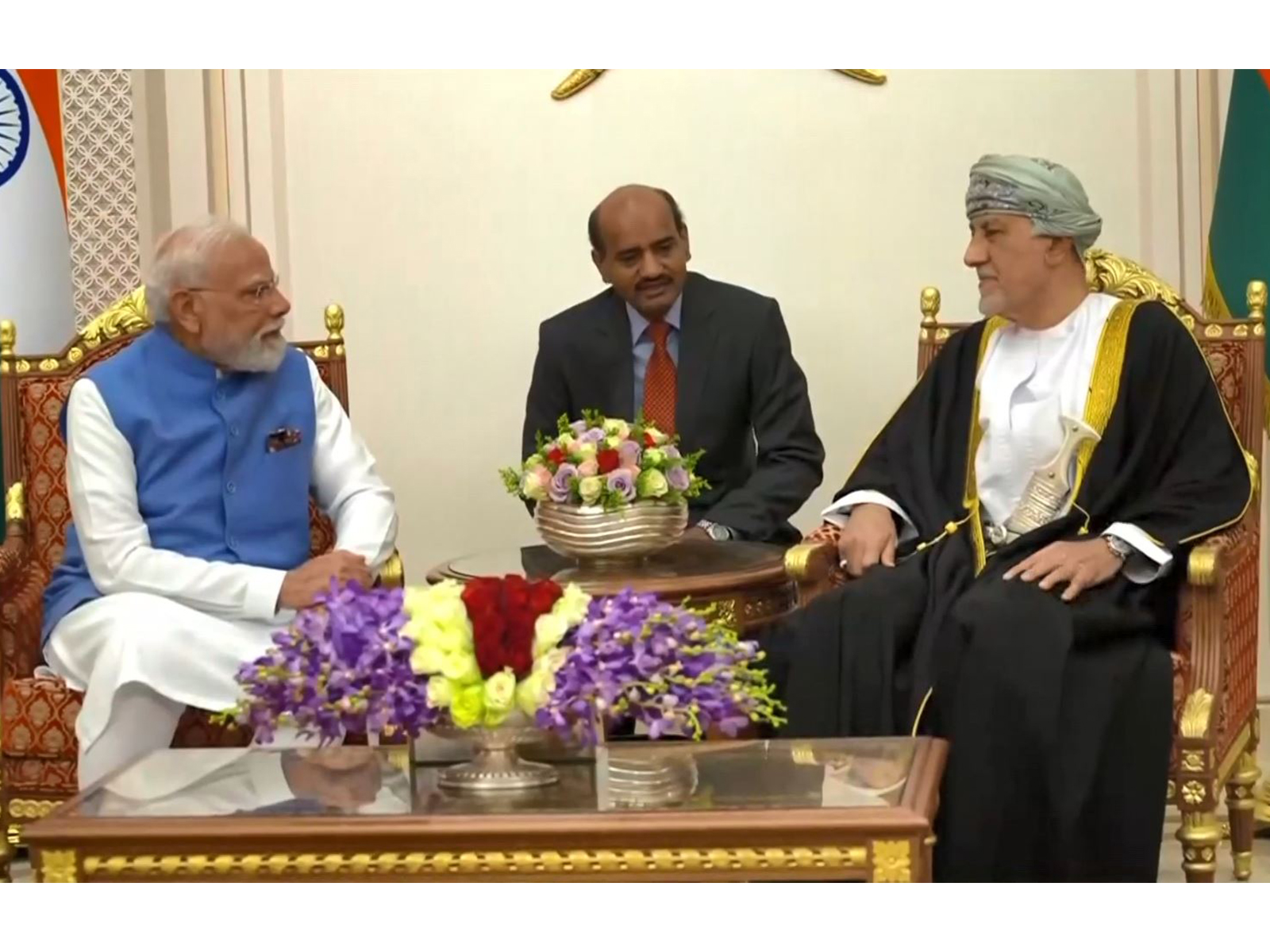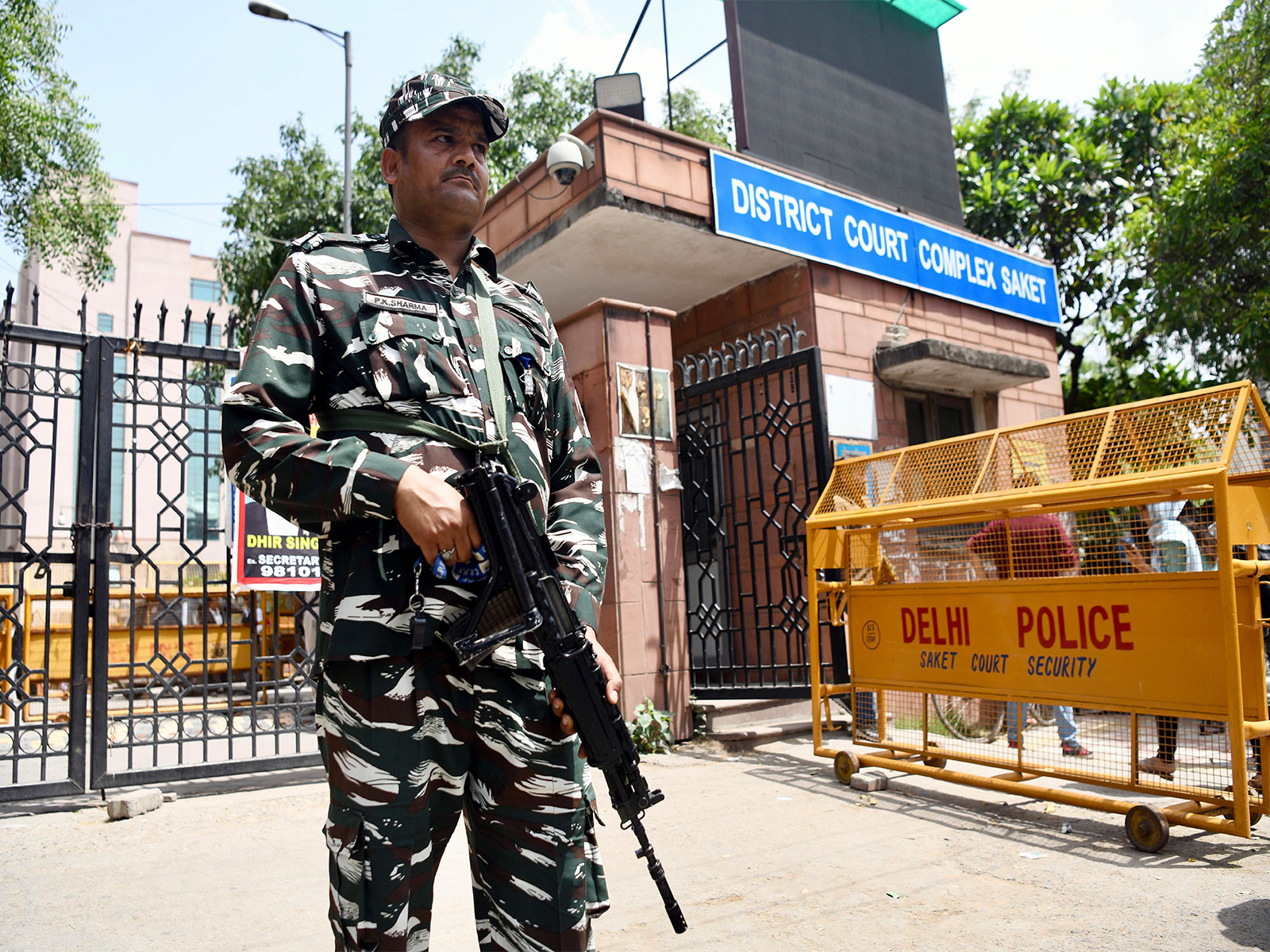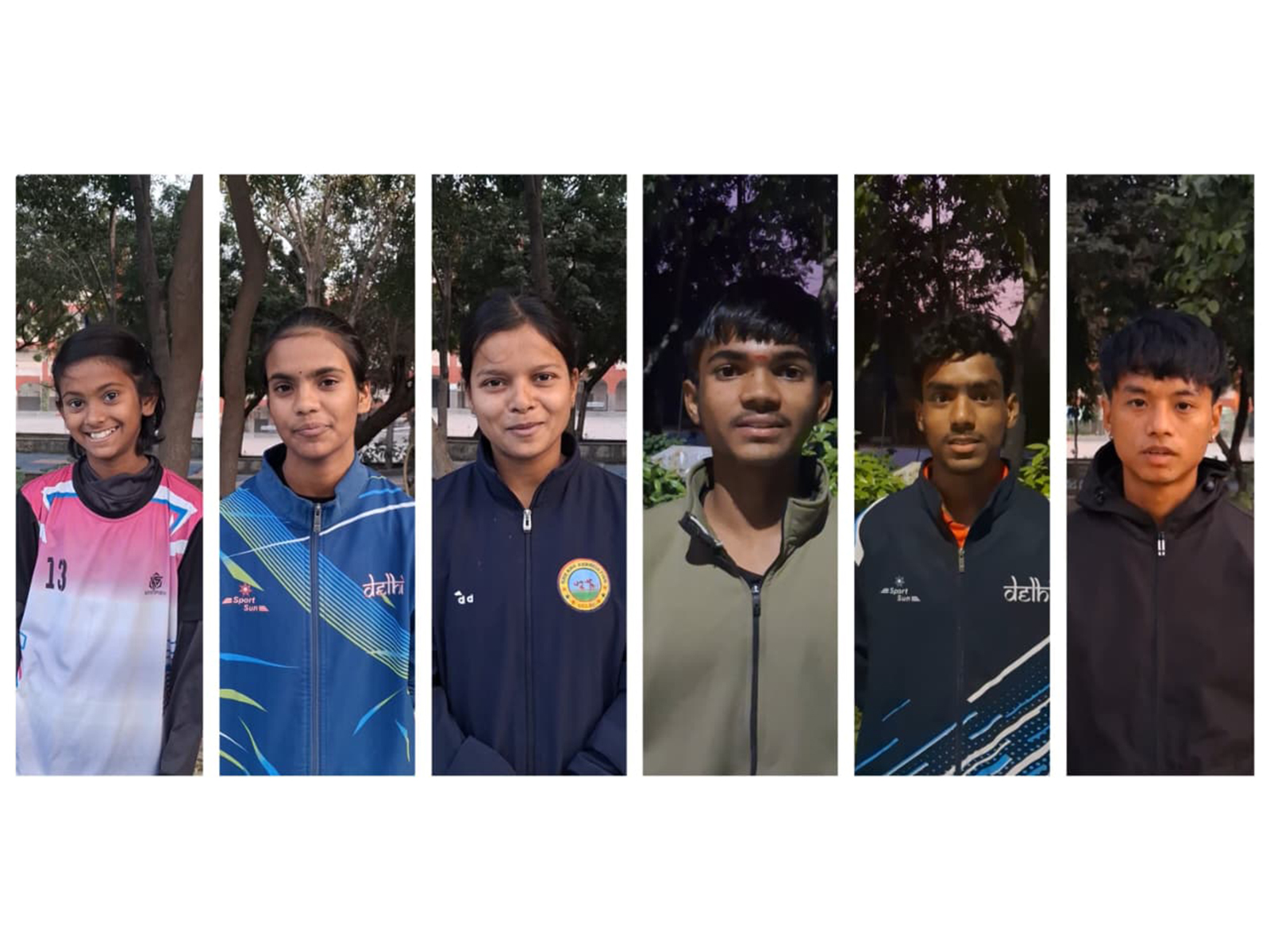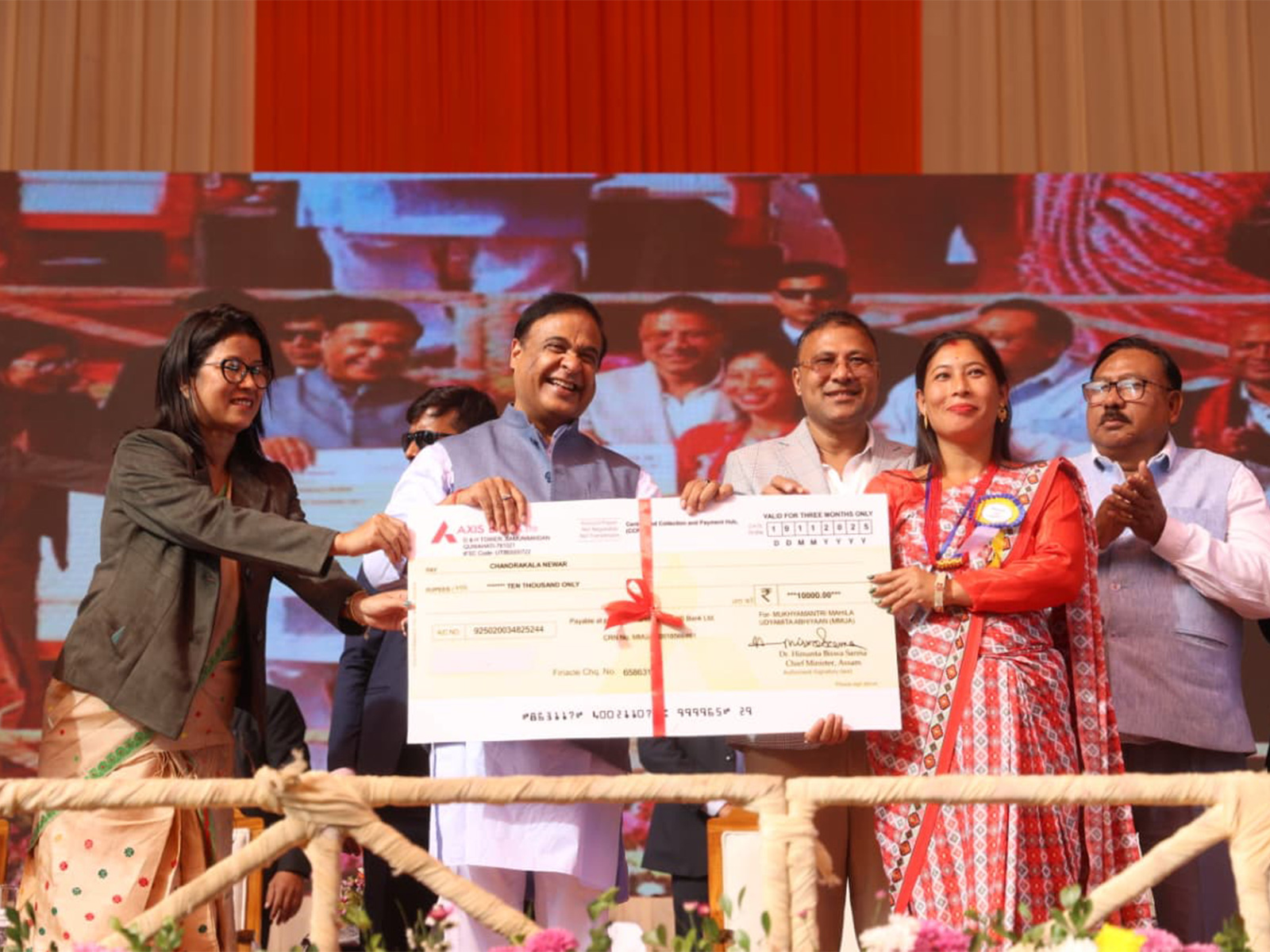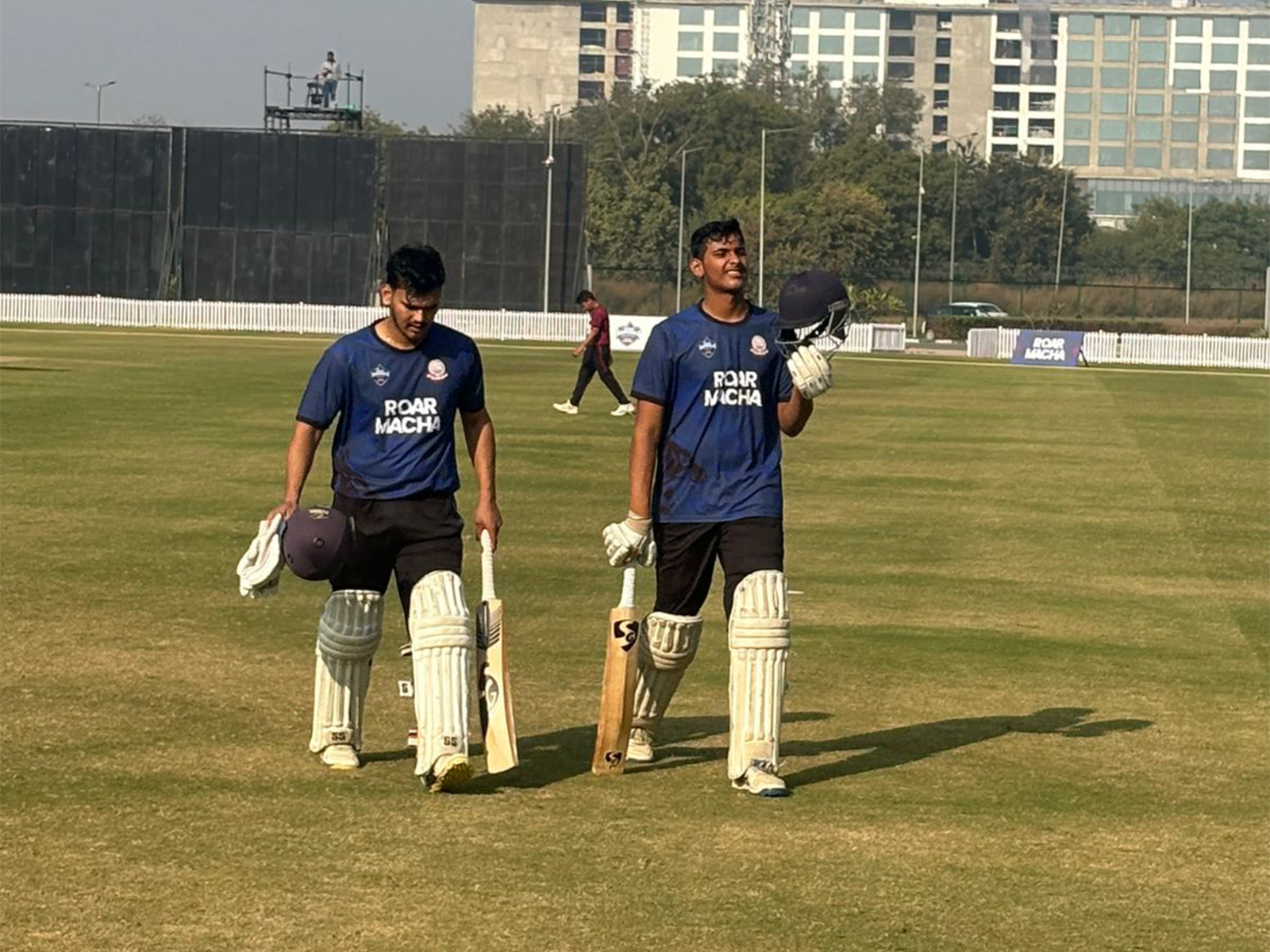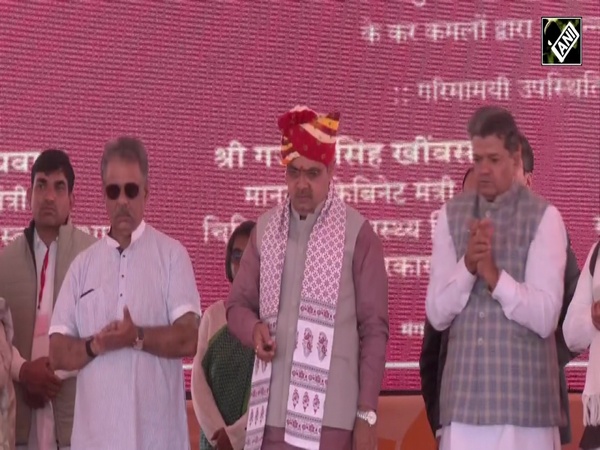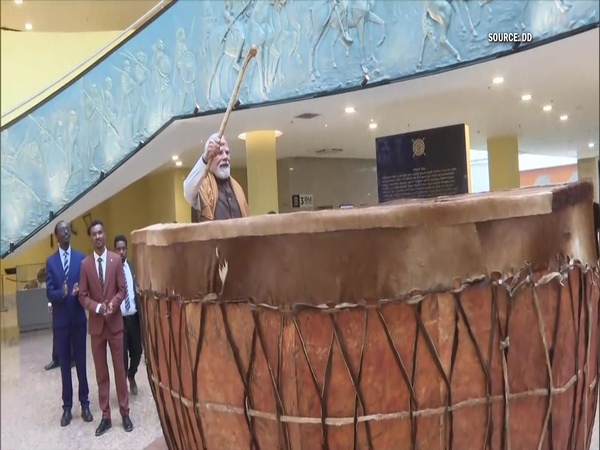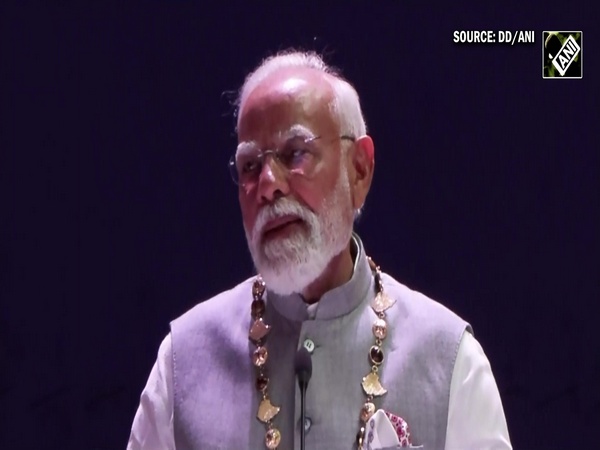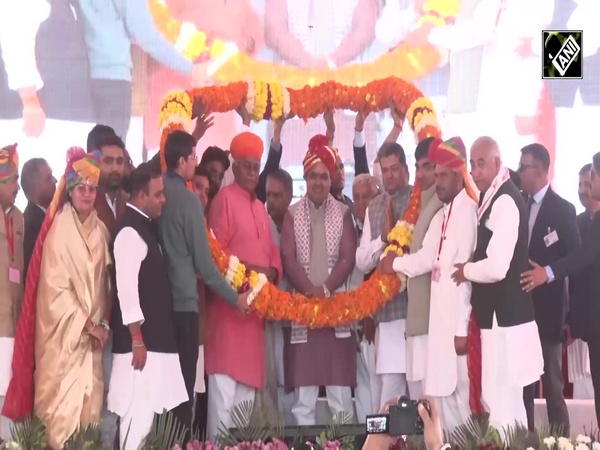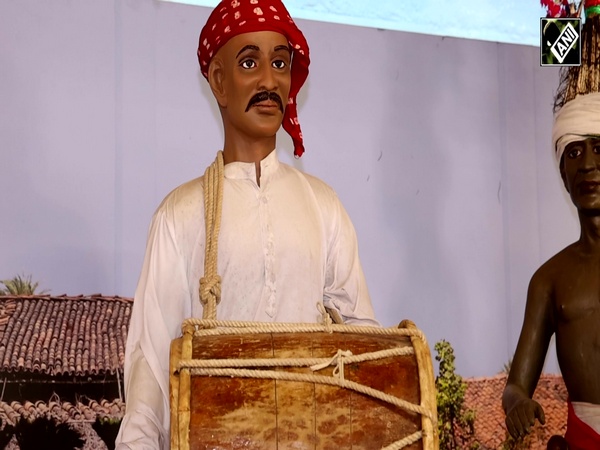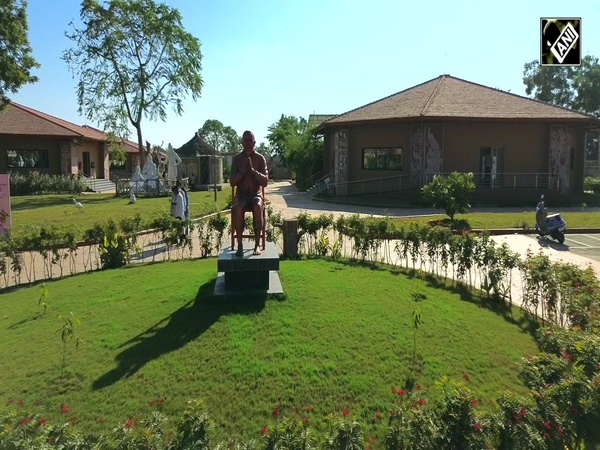Guru Padmasambhava: One who found Buddhism in Tibet
Aug 03, 2022

Lhasa [Tibet], August 3 : Tibetan history credits Guru Padmasambhava as one of the founding fathers of Buddhism in Tibet along with Acharya Shantarakshita from India. He was one of the famous seventeen exceptional pandit scholars at Nalanda Monastic University in India.
Guru Padmasambhava, a great Indian tantric master of the 8th century is an important figure in Buddhism. He was instrumental in establishing Vajrayana Buddhism in Tibet and Bhutan and is popularly known as Guru Rinpoche means the Precious Master among his followers, Tibet Press reported.
Tibetan tradition records that when then king of Tibet Trisong Detsan was building a monastery, strong demonic forces caused disruption in the building of the monastery, therefore, the King in order to tame the forces invited the great Indian adepts Shantarakshita and Padmasambhava to Tibet.
Later, King Trisong Detsan, Shantarakshita and Padmasambhava together built the first Buddhist monastery known as Samye Ling in Tibet where the first monk ordination ceremony was held for seven Tibetans.
Besides, a school for Sanskrit study was also established and a large number of Buddhist Sanskrit texts were translated into the Tibetan language, Tibet Press reported.
The arrival and teachings of Padmasambhava in Tibet mark the beginning of the Nyingma tradition of Tibetan Buddhism. The name Nyingma literally means the old one, in the sense of being the earliest Tibetan tradition.
Guru Padmasambhava mainly promulgated tantric teachings. In order to benefit future generations throughout the Tibetan cultural region, Padmasambhava left behind 'Termas', hidden teachings concealed by him and his consorts for discovery in the future by 'Tertons' (enlightened minds), destined to find the Termas.
In Vajrayana Buddhism, the 'Termas' can be tangible objects hidden in the earth, lakes or in the sky or intangible- those which come to 'Tertons' as revelations.
There are both mythical and legendary stories regarding the birth of Guru Padmasambhava. The first one states that Guru Padmasambhava was miraculously born as an eight-year-old boy from a blossoming Lotus flower in the Danakosha Lake, in the land of Uddiyana.
His Tibetan, name is Padma Jungney, translated from the Sanskrit name Padmakara, which means "originated from a lotus." Thus he is indeed named after his manner of birth.
While in his biography titled 'The Lotus Born: The Life Story of Padmasambhava' recorded by one of his consorts Yeshe Tsogyal mentions that Padmasambhava was the son of the King Mahusita of Uddiyana and given the name Danarakshita who later took the ordination and given the name Sakya Senge, Tibet Press reported.
However, the actual location of Uddiyana is debated; some scholars locate this land to be the state of Odisha in India while others believe it to be in the Swat valley area of erstwhile undivided India and modern-day Pakistan.
In the early 8th century, Guru Padmasambhava is said to have visited Bhutan at the invitation of King Sindhu Raja of Bumthang. Here also he subdued the unruly demons and malevolent forces that were creating obstacles in the way of the spread of Buddhism.
Today, the figure and worship of Guru Padmasambhava dominate Bhutanese Buddhism and most sacred sites including the two most holy places in Bumthang and Paro are dedicated to him.
During his lifespan, Guru Padmasambhava travelled across Tibet, Bhutan, Nepal and the different Himalayan regions of India where he founded the Nyingma tradition of Tibetan Buddhism.
Today, the imprints of Guru Padmasambhava in these countries are existing in the form of monuments, relics and folklore associated with his spiritual and religious activities. Among his followers, he is considered an enlightened force who exists beyond spatial and temporal constructions, beyond birth and death.
Over the centuries, Guru Padmasambhava's teachings have spread far and wide, and his influence has grown from just the Himalayan region to other parts of the globe, Tibet Press reported.
The annual Hemis Festival in Ladakh commemorates the birth anniversary of Guru Padmasambhava. Similarly, in Bhutan, the annual Tseshu festival is celebrated on the tenth day of the month in the Bhutanese lunar calendar to honour Guru Padmasambhava.
